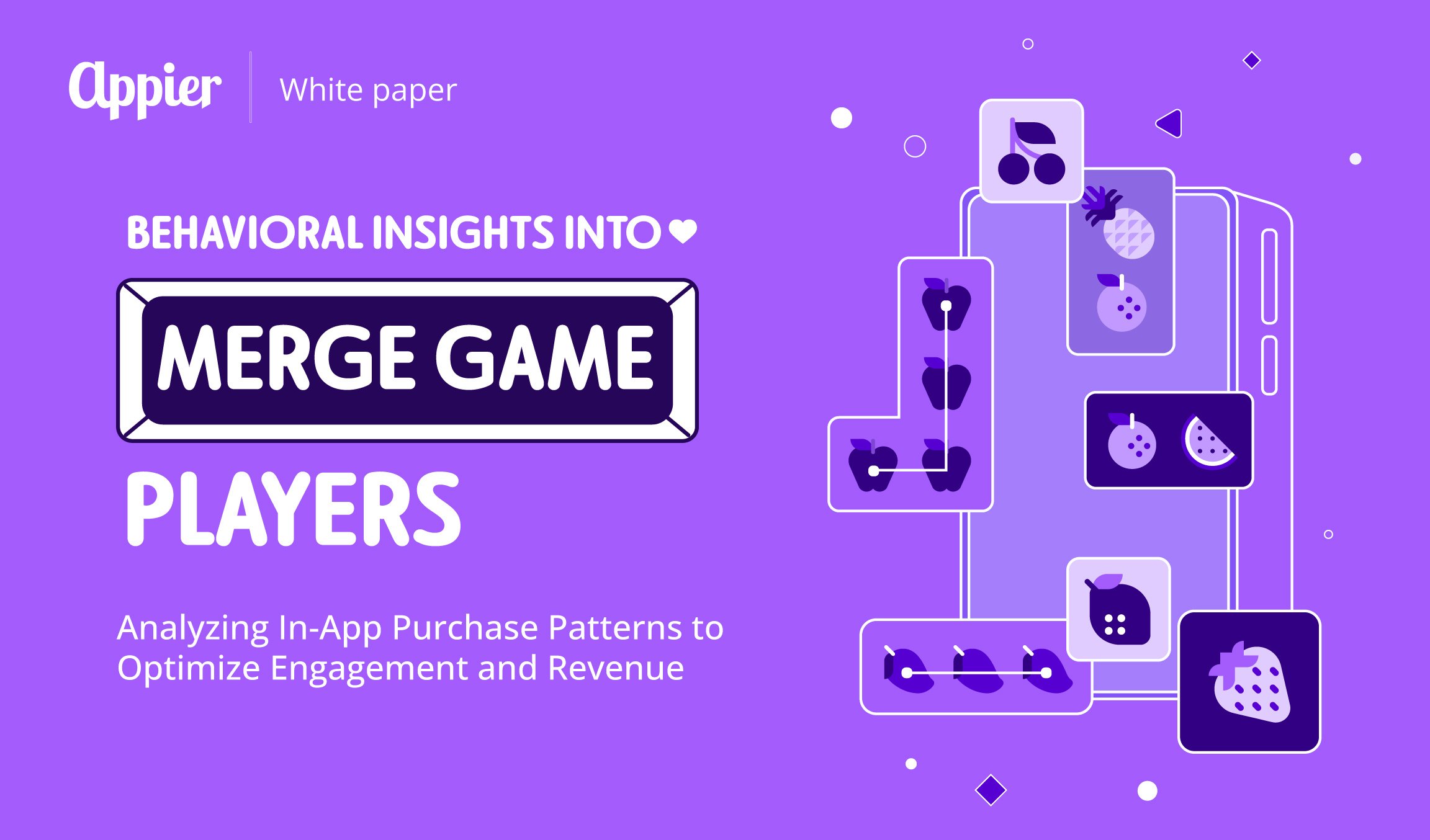4 min read
Such cross-screen behavior has been one of the key challenges for marketers. Get it wrong, and your data will be skewed, rendering it useless, especially given that most consumers use at least two or three different devices. However, when get it right, you will reap the rewards. Just ask these brands…
Estée Lauder: Converting Cosmetics Customers into Skincare Buyers
When global beauty and skincare brand Estée Lauder invited its audience to leave contact information across devices in exchange for free samples at a physical store, it realized something: its cosmetic customers were far more likely to do so than its skincare ones. Hence an easy win was to retarget its cosmetic customers with adverts for its range of skincare products.
By using CrossX AI tool, Estée Lauder was able to identify all the devices owned by individual users for precise targeting, as well as leverage external data to discover new, high-value, young audiences who were similar to its existing customers.
It worked. The company successfully built and nurtured a high-value audience pool, boosting cross-screen conversion by 300 percent to 1,100 percent compared to single-screen. Across three devices, the cross-screen conversion was 11 times higher than the conversions on a PC, four times higher than those on a tablet, and three times higher than on a smartphone. Beautiful.
Carrefour: Boosting Online Revenue by a Quarter
How do you stand out in a crowded market? That was the dilemma facing Carrefour, one of the largest hypermarket chains in the world. The French brand operates more than 100 outlets in Taiwan alone, but when it launched its online store there, it turned to AI-enabled cross-screen marketing to succeed in a saturated market.
By identifying all the devices owned by the same customers, Carrefour was able to analyze their behaviors both within and outside of the Carrefour website, and deliver customized product recommendations to their other devices, enticing them to buy from Carrefour’s online store. Online purchases and revenues shot up 25 percent month on month.
Purchases aside, it also boosted the profile of the online store by finding lookalikes in similar segments of its existing customers. Page views grew 60 percent month on month, while the cross-screen click-through rate was a phenomenal 87 percent higher than single-screen.
Minute Maid: Taking the Luck out of the Lottery
If you think finding new customers is a bit of a lottery, take heed of global juice brand Minute Maid.
It designed an online lottery game to reach potential new customers; this involved consumers going online to enter a product code printed on the juice bottle. Minute Maid applied an enhanced buying feature to target the audience selected by AI, and delivered more ad exposures to them, especially those who had browsed information about the game and visited the Minute Maid campaign site. It also remarketed to players who had played the game on their smartphone, tablet, laptop and other devices.
Because it was able to identify customers this way, its cross-screen click-through rate was 72 percent higher than single-screen. The cross-screen conversion rate was also 57 percent higher than single-screen. The average player submitted information three times for the online promotion – that was 38 percent higher than last year’s online activity. And that certainly wasn’t down to luck.
AXE: Reaching a Mobile Audience Across All Screens
Male grooming brand AXE had no problem communicating to its mobile audience, but it wanted to reach them across all screens. The question was, how?
Leveraging an AI-powered programmatic platform, AXE was able to buy a cross-screen audience and identify new, high-value audiences who behaved like its current customers. It also managed to re-engage these customers by remarketing to them, tailoring and optimizing the ad creative to each consumer’s unique cross-screen browsing history and purchasing journey.
The result? The click-through rate increased 110 percent compared to industry benchmarks, and AXE’s original audience expanded by a staggering 50 percent. It also grew the size of its lookalike audience to 150 percent of the original sample audience, and nurtured a cross-screen audience segment to use for future ad campaigns.
In today’s multi-screen environment, customers use more than one device. If you are not reaching them on the right screen at the right time, you are not marketing to your fullest potential.



